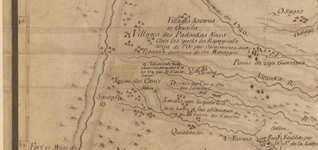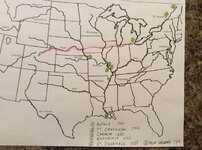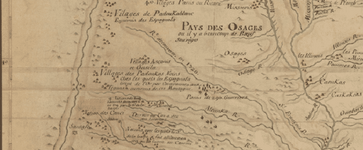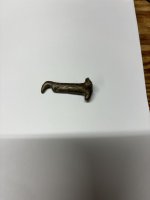tamrock
Gold Member
- Jan 16, 2013
- 14,979
- 29,861
- Detector(s) used
- Bounty Hunter Tracker IV
- Primary Interest:
- All Treasure Hunting
I had that episode recorded, then during the holidays the TV went on the blink. The Dish Network guy came and said the harddisk in the main box went out and he'll give me a replacement box. He was sorry to say all my recordings are now unrecoverable.Thanks Patrick. I taped part of a Myth Hunter show about Treasure Mountain today and it was hosted by Christopher O Brian.
 I had a few myth hunter shows to review. Thing is that Treasure Mountain show on myth hunters was like most all the other stories. Still the main source of this tail remains to be discovered I believe?
I had a few myth hunter shows to review. Thing is that Treasure Mountain show on myth hunters was like most all the other stories. Still the main source of this tail remains to be discovered I believe?Amazon Forum Fav 👍
Last edited:






